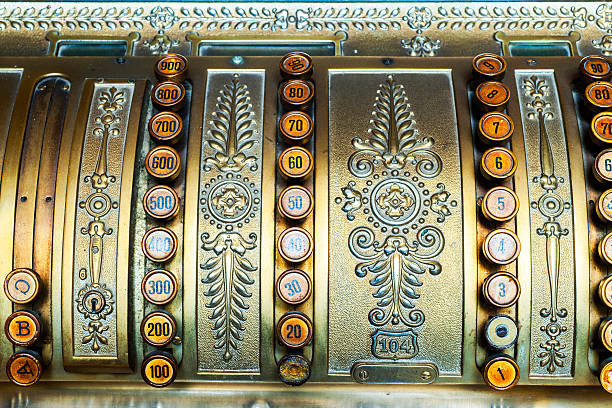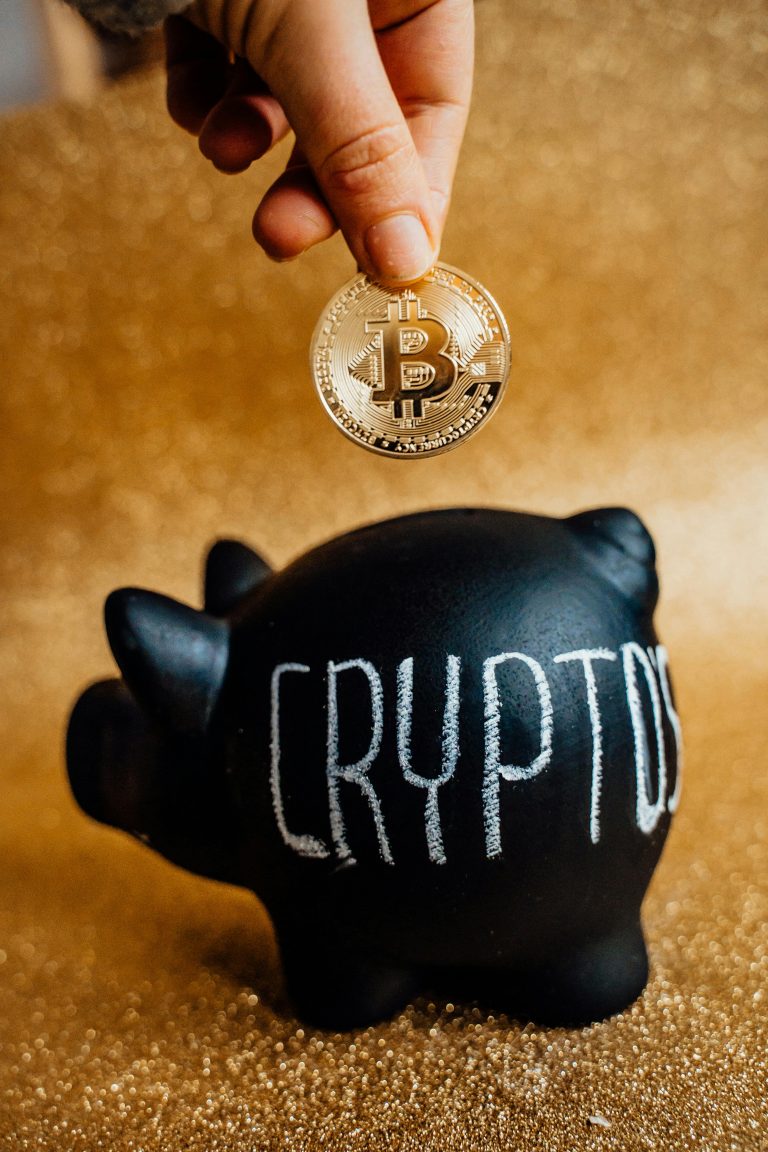
Understanding Bitcoin
You will read countess websites and YouTube videos that will tell you that Bitcoin is a crypto currency. Now you can think of it this way; but in reality, it is a store of wealth. Bitcoin is an ASSET. It is a type of digital currency that operates electronically and is not controlled by a central bank or government. This is called decentralization.
All Bitcoin transactions are recorded on a public ledger called a blockchain, where transactions are verified and secured using a network that is peer-to-peer or you might say the transactions are conducted directly between users. Each transaction generates a block, and these blocks are linked to each other through cryptography. The cryptocurrency ecosystem benefits from the transparency, immutability, and security offered by this technology.

Decentralized
Because it’s decentralized, Bitcoin runs on a network where transactions are conducted directly between users. No banks, no Fed, no government interference to meddle with your assets. With Bitcoin, you can store value and transfer value without any third party acting as an intermediary.
Because there are no third parties to depend on, you only rely on technology and math and have complete rein over your money.
Anyone with an internet connection can access and use Bitcoin, regardless of location or traditional banking infrastructure.

Benefits
Think of the many benefits an asset like Bitcoin can provide. You aren’t subservient to banks anymore to store YOUR cash. You can do anything you want with your money; nobody can confiscate it. You can send your funds anywhere with relatively no fee, almost instantly.
Bitcoin transactions are impossible to change or reverse once it has been verified and added to the blockchain. This feature improves security and removes the possibility of chargebacks, which are frequently related to conventional payment systems.

Limited
There is a finite number of Bitcoins that can ever exist; 21,000 to be exact; a predetermined maximum supply. The coin’s value is maintained by this feature, which also helps to prevent inflation.
Let’s define inflation. This is a concept that most people are dead wrong about. Inflation is the printing of money. Something governments don’t reveal; or you might say they translate the term to fit their agenda. Thus, they have an unlimited supply.
Since Bitcoin is limited; the number of coins cannot be made up from thin air.

Bitcoin is Different than Other Coins
First, you need to understand that Bitcoin is different than all other coins. Bitcoin was created in 2009, which later, propelled the creation of many other cryptocurrencies. It uses a proof-of-work consensus to secure and confirm transactions on its blockchain while running on a decentralized network of nodes distributed globally.
Cryptocurrency envelops multiple types of digital coins. Crypto investments customarily fall into one of three major types.
The first and main type is payment Crypto currencies. When investing in cryptocurrency coins, you’re investing in financial assets created via their unique blockchain. Coins function similarly to physical currency: You can exchange them for business or save them to store value. Many people consider Bitcoin the only genuine coin. (Asset)
Since the new cryptocurrencies were based on Bitcoin, they were referred to as alternative coins to Bitcoin, we call them Altcoins. These coins belong to the blockchains they were designed for but may also split that blockchain for alternate uses. For example, Ether is an altcoin that branched off Ethereum. It was created for the express purpose of paying transaction fees.
Tokens are another type of digital currency, but it has other use cases. For example, non-fungible tokens (NFTs) have been used as a means of digital art in the crypto space. Tokens represent assets or utilities and allow utilizing decentralized apps and smart contracts.

Bitcoin's Value Vs. Price
There are so many factors that give Bitcoin its value. Some are technical and some are more about the market.
In essence, all assets can be used as a form of value transfer, but few can be used as money. Bitcoin is both.
What is the difference between the value and price? Like any asset or commodity, it has to do with the supply and demand.
Just like any asset, the belief of what people are willing to pay for something gives it the price. But that is not what gives Bitcoin value.
Bitcoin gets its value from structural properties. Since Bitcoin is built on blockchain technology, it is digital proof.
Blockchain technology provides digital proof that something happened at a certain time, without any intermediary involved. It is verified and trusted technology.
Bitcoin is fully transparent. There’s a famous saying in the Bitcoin community, “don’t trust but verify.” When you’re using Bitcoin, you don’t need to trust any bank, or government.
Bitcoin is as transparent as the King with no clothes. Anyone can view the Bitcoin blockchain and verify that a transaction occurred. Don’t just trust but verify that your transaction if free from manipulation.
We all value privacy. Bitcoin is pseudonymous. No names are attached to the transaction. All Bitcoin addresses are strings of letters and numbers. They are not linked to your identity directly, like a bank account.
Public Ledger
Bitcoin’s core code and information is not stored on a central server or database where someone could hack or manipulate the data. This core code is called a ledger. This ledger or database is run on computers globally which verify and check each other.
Unlike a traditional database, records are independently processed and stored by each network node. Each node has input in the transaction validation process, they need to vote in order to reach a conclusion on the validity of the transaction. This validation process is called consensus, and a majority of the network’s users will have to agree on a conclusion before consensus can be reached. When a user successfully completes these tasks, the network rewards them with a specific amount of Bitcoin; therefore, the process is called Bitcoin mining.
If someone tries to hack or manipulate some data, all the other computers around the world will check and reject the change.
Not only is cryptocurrency secure, but it can’t be counterfeited. Through public ledgers, transactions remain traceable. (But not your name!) That data is stamped into the blockchain forever and can act as proof of the transaction.

